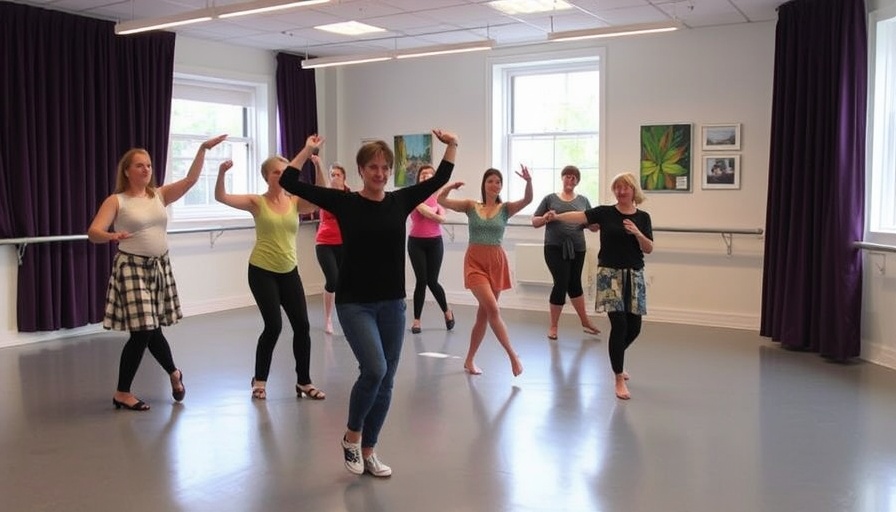
A New Approach to Dance: Inclusivity in Art
When the School of Visual Arts presented its latest projects, one caught the attention of many—a dance studio designed specifically for people with visual impairments. This innovative concept shatters conventional norms, blending art with accessibility, and opening new doors for creativity.
Breaking Barriers: The Power of Perspective
Creating a space that’s inclusive is vital in promoting equal opportunities within artistic endeavors. This dance studio’s impact extends beyond just choreography; it fosters a vibrant community and enhances social connections among participants. The design prioritizes tactile feedback and spatial awareness, ensuring that everyone, regardless of visual ability, can explore self-expression through movement.
Historical Context: Crafting Accessible Spaces
Historically, art forms and performance spaces have often overlooked the needs of individuals with disabilities. The recent pivot to incorporate accessibility in design reflects a broader societal shift. In contrast to past norms, which often sidelined marginalized voices, the current movement encourages inclusivity in all facets of life, embracing diversity in experience and talent.
Parallel Example: Art for Everyone
Consider the innovative work being done by architects specializing in universal design. Similar to the dance studio initiative, these professionals focus on creating environments beneficial to the broadest range of users. Their designs echo demands for spaces that welcome everyone, demonstrating that thoughtful planning can enhance user experience across the board, from residential homes to public venues.
The Future of Design: Predictions and Opportunities
As society pushes toward more inclusive design principles, the dance studio serves as a model for future projects. What implications does this have for homeowners and interior designers in Carmel, Monterey, or Pebble Beach?
Every homeowner now has the opportunity to embrace designs that are not only aesthetically pleasing but also accessible. This means rethinking how layouts, fixtures, and finishes contribute to an overall experience of inclusivity, ensuring that living spaces cater to all family members and guests.
Emotional Resonance: Art that Connects
The emotional impact of such endeavors cannot be overstated. Dance as an art form is inherently expressive; when combined with inclusive design, it creates opportunities for healing, joy, and connection among audiences and participants alike. It’s a powerful reminder that art is for everyone and embodies the resilience of human spirit.
Practical Tips for Homeowners: Designing Accessible Spaces
If you’re planning your next home project in the Carmel or Monterey areas, think about how you can incorporate these principles into your designs. Start by considering:
- How can my space facilitate ease of movement for everyone?
- Can I incorporate tactile materials that appeal to all senses?
- What features can I add to ensure safety without sacrificing style?
The integration of accessibility features is becoming more than just a trend; it’s evolving into a standard that homeowners across the region are embracing.
Act on Your Design Vision
Your love for design can transform lives. Don’t just think about aesthetics; consider the experience your home will provide for everyone interacting with it. Let us design, plan, and build your next home or remodel. Contact us at 831-521-7729 and let's make your vision a reality!
 Add Row
Add Row  Add
Add 




 Add Row
Add Row  Add
Add 

Write A Comment